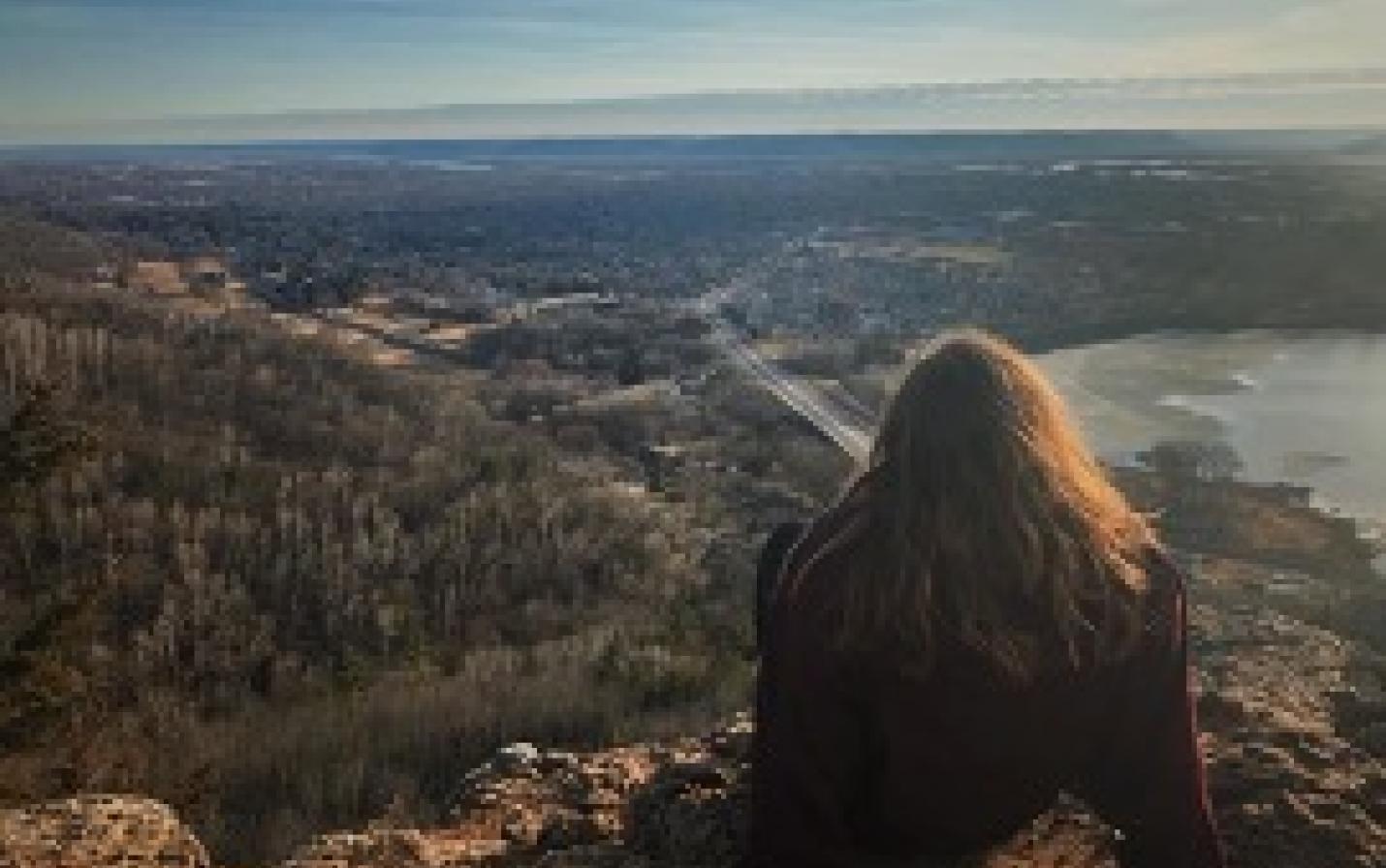
Ever wondered what the Driftless Region is like from a new perspective? Contours: A Literary Landscape published by the Driftless Writing Center, shows readers a quick glimpse about an area like no other.
This anthology shows many different experiences from 64 authors throughout the Driftless Region. These authors come from many different ethnicities, ages, places, and backgrounds. There is a wide variety of work offered in this book.
This book does a superb job at incorporating the many different perspectives from all types of people however lacks showing the diversity of people that live here from a first-hand perspective. It is important to recognize the diversity this area offers directly from the point of view of a group of people who have been oppressed their whole lives.
Each story or poem within this book allows the reader to learn something new about the Driftless Region in a very eye-opening way.
There are many authors who focus on the beauty of the land.
“To those everywhere else” by Franciszka Voeltz is a poem that creates an image for the reader describing the Driftless Region with rhythm. This poem uses so much imagery and descriptive words making this region come to life right before you. This poem does a phenomenal job creating an image for the reader showing the little things that are admired here.
A story called “Driftless Dark Skies” by John Heasley explains how memorable the beauty is from his experiences he has had with the Region. “I’m usually content enough with the everyday experiences of being outdoors in the Driftless Region, but I love those moments of awe when they happen” he explains.
However, behind this beauty there is ugly within the Driftless Region. This anthology also shows the struggles that people of color have faced in this region.
In one of the short stories included called “#livingwhileblackinthedriftless” by Abby Siakpere is an experience that directly happened to Abby as she focuses on what it is like to be a Black lesbian in La Crosse. “I had a right to be there” she describes as she is being targeted for making someone “uncomfortable” based on her skin color.
This anthology lacks a first-hand perspective of oppressed groups. Their stories are often told for them and not by them. As shown in, “Where Integration Worked” by Lynda Schaller the main focus is on the history of Vernon county and the diversity that was there. Schaller intrigues the reader by telling this story from her grandmother’s (who was white) point of view from the early 1900’s.
She goes on to talk about how Wisconsin attracted people of color since it refused to comply with the Fugitive Slave Act allowing people to buy affordable land. Schaller acknowledges the diversity within this part of the Driftless Region; however, from the perspective of someone who had privilege. How do we know everything was actually all fine for Native Americans and Black people?
“Illusions” by Michael Brandt speaks on how he lives in an area that Native Americans used to occupy and their, “rich legacy of cave art and sacred mounts attests to centuries of habitation by those ancient hunters’ descendants.” But how did the Native Americans feel?
Why are we (people of privilege) constantly telling stories about oppressed groups? The Driftless Region offers so much history of the land and people that can be told from a first-hand perspective which is what this anthology lacks.
Even though this anthology needs more firsthand stories from oppressed groups, it does an outstanding job by bringing these tough topics to light for the reader to be aware of.
There are so many more poems and stories throughout this anthology that show different perspectives from farmers, teachers, students, and people who just overall value this land so much which allows people to be able to relate to at least one of the writings.
The goal of this book was to create a collection of experiences and stories from people who live within the Driftless Region from many different backgrounds. However, it’s important to recognize that we need to hear more about what is actually going on behind the beauty of this region.
This anthology creates a collection of writings to document different perspectives to show future generations what the Driftless Region was like during our past and current time.
Kacie Zak is a student of environmental literature at University of Wisconsin-La Crosse.